
Plant
16:32, 24-Mar-2019
Flowering plants of Monaco
By Ding Qian
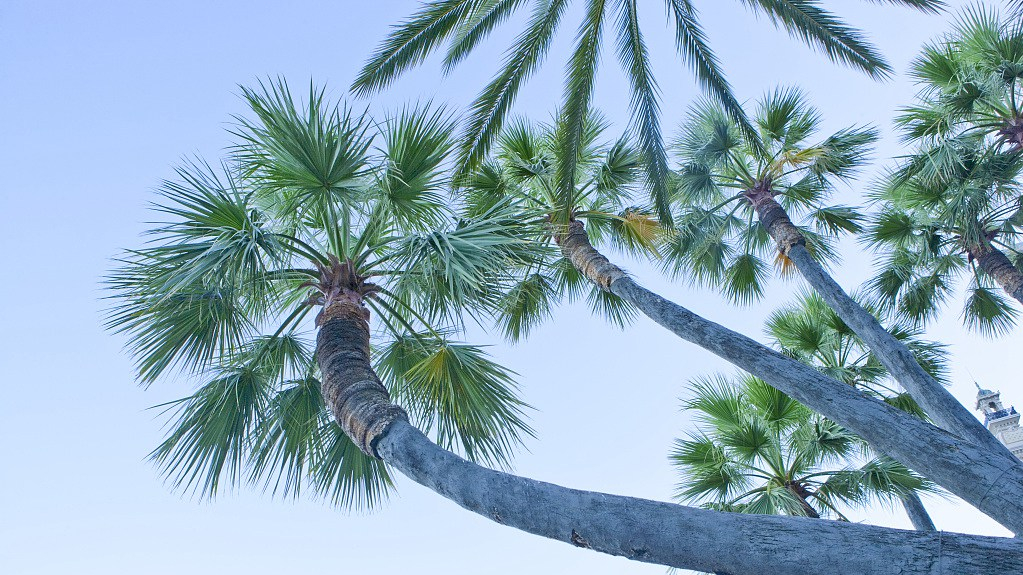
Located on the French Riviera in Western Europe, Monaco is bordered by France on three sides, with one side touched by the Mediterranean Sea. Although it's one of the most densely populated countries in the world, Monaco has lush vegetation including palm trees and vibrant flowers.
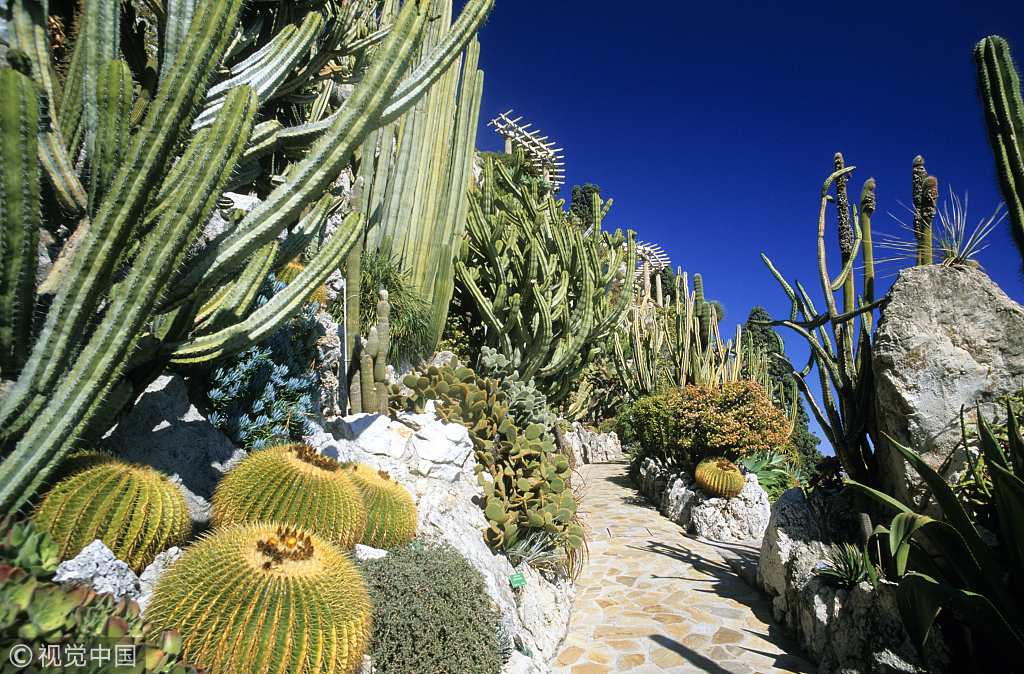
Jardin Exotique in Monaco. /VCG Photo
Jardin Exotique in Monaco. /VCG Photo
The Princess Grace Rose Garden, established in 1984 as a memorial to Grace Kelly, who married Prince Rainier III, houses more than 4,000 rose trees. Jardin Exotique in the Fontvieille area of Monaco is a lovely place with a wide variety of succulents. Abundant species thrive in Monaco's Mediterranean climate including carobs, palms, fritillarias and other flowers.
Fritillarias
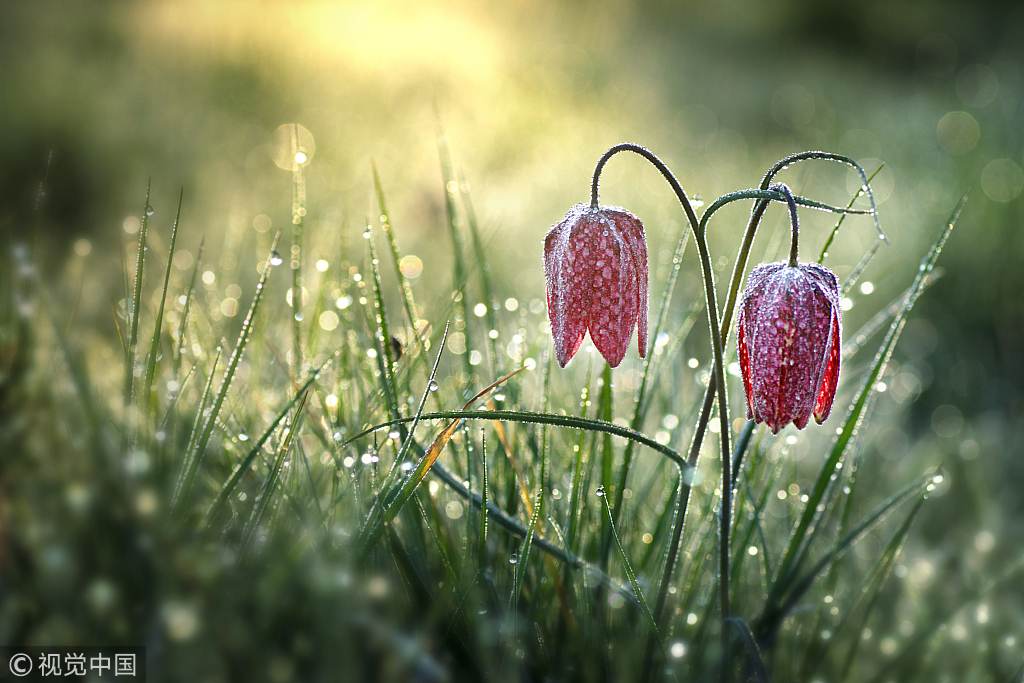
Fritillaria flowers blooming in the grass with morning dew. /VCG Photo
Fritillaria flowers blooming in the grass with morning dew. /VCG Photo
Fritillarias belong to the lily family. The majority of the species are spring-flowering. They are distributed in the most temperate zone of the Northern Hemisphere and characterized by nodding and bell-shaped flowers.
Due to habitat fragmentation and over-harvesting, some species of Fritillarias are endangered worldwide.
Caution: Most fritillaries contain poisonous alkaloids such as imperialin which may cause vomiting, spasms, hypotension and cardiac arrest.
Carob
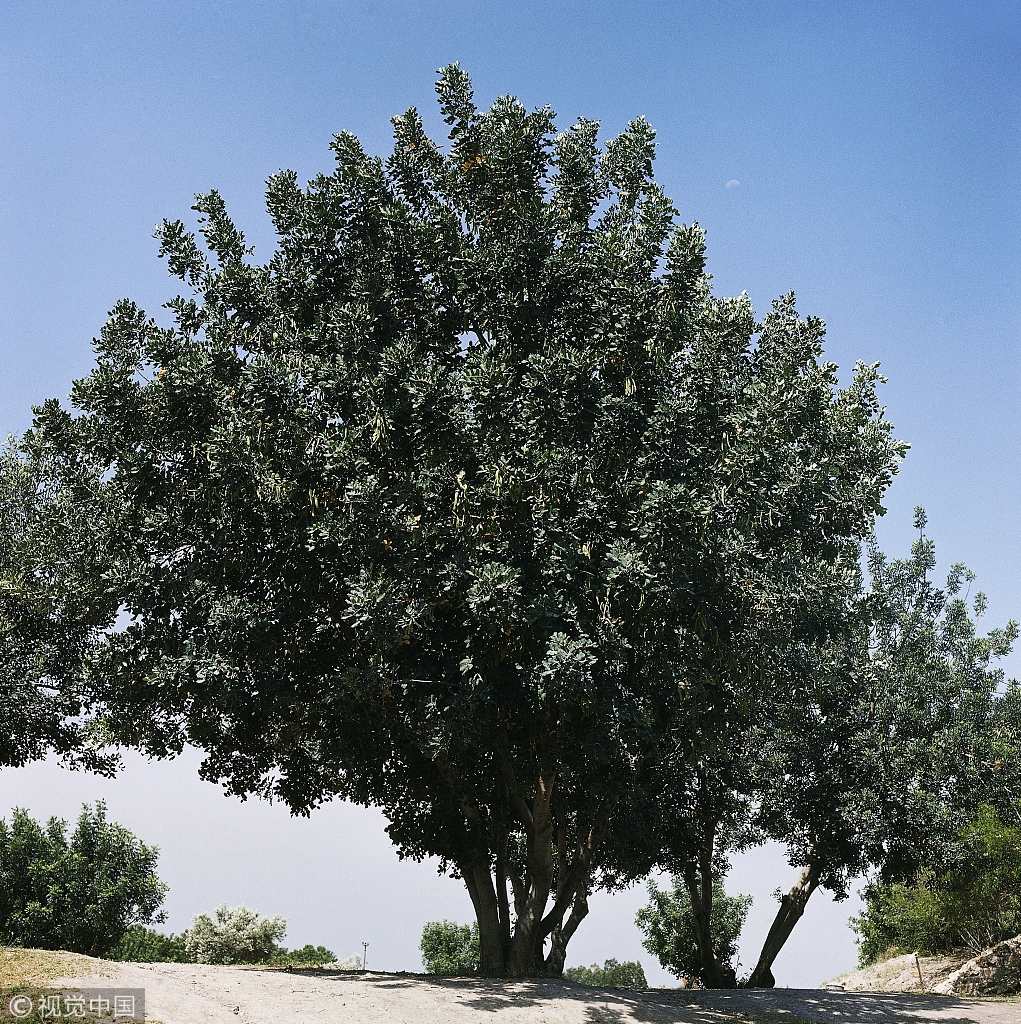
Carob or St John's bread tree (Ceratonia siliqua). /VCG Photo
Carob or St John's bread tree (Ceratonia siliqua). /VCG Photo
Carob (Ceratonia silique) is a flowering evergreen tree which is native to the Mediterranean region. It is cultivated as an ornamental tree and for its edible pods. The dried and ripe pods are often grounded to replace cocoa powder.
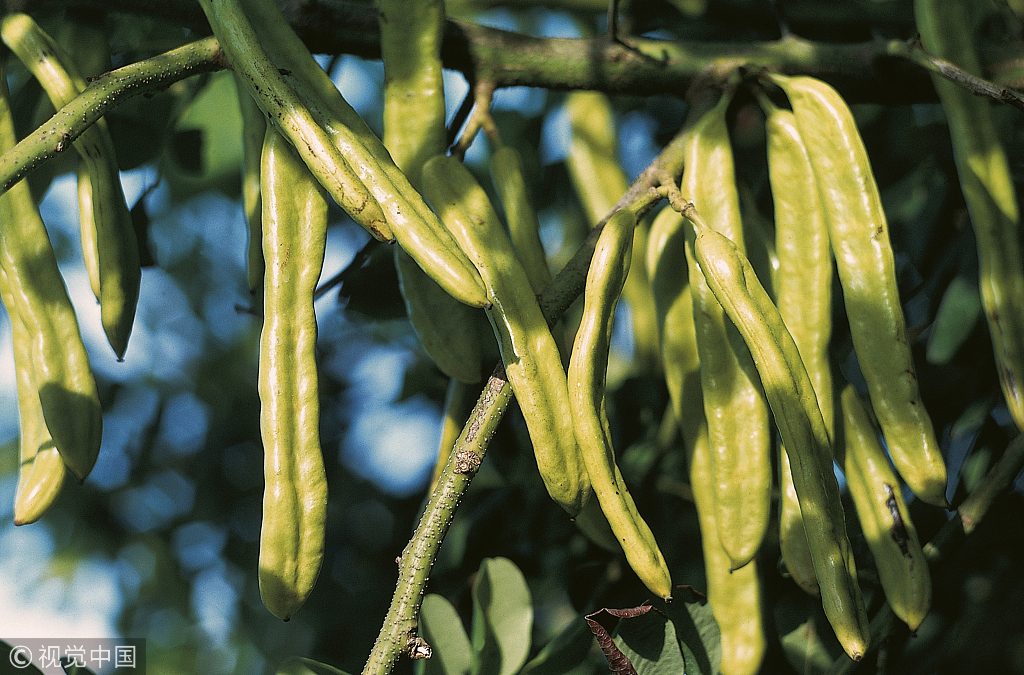
Carob or St John's bread tree fruits. /VCG Photo
Carob or St John's bread tree fruits. /VCG Photo
Carob trees are very drought-tolerant. They can grow up to 15 meters tall with leaves 10 to 20 cm long. Carob pods are mildly sweet and used often in the food industry.
Carnation
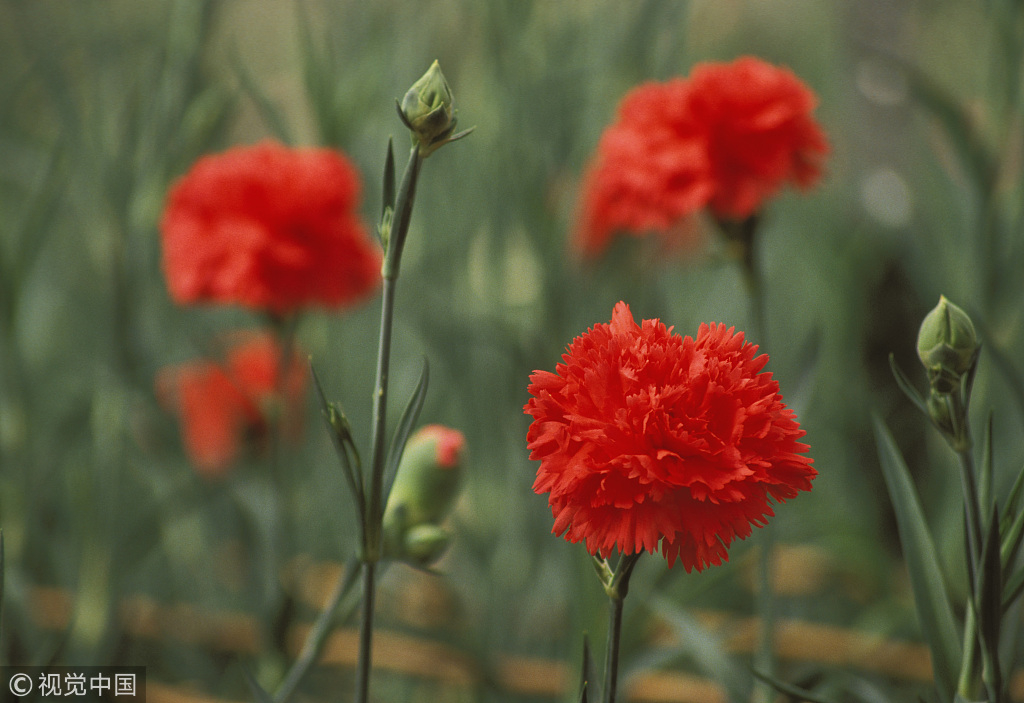
Close-up of red carnations./VCG photo
Close-up of red carnations./VCG photo
Carnation is the national flower of many countries. The scientific name of carnation is Dianthus which literally means "flowers of the God." It's easy to grow these long-blooming flowers and in many cultures, carnations express love and fascination.
Carnations are edible, but they are dangerous for pets. They can be used to decorate food or make drinks.
Fan palm
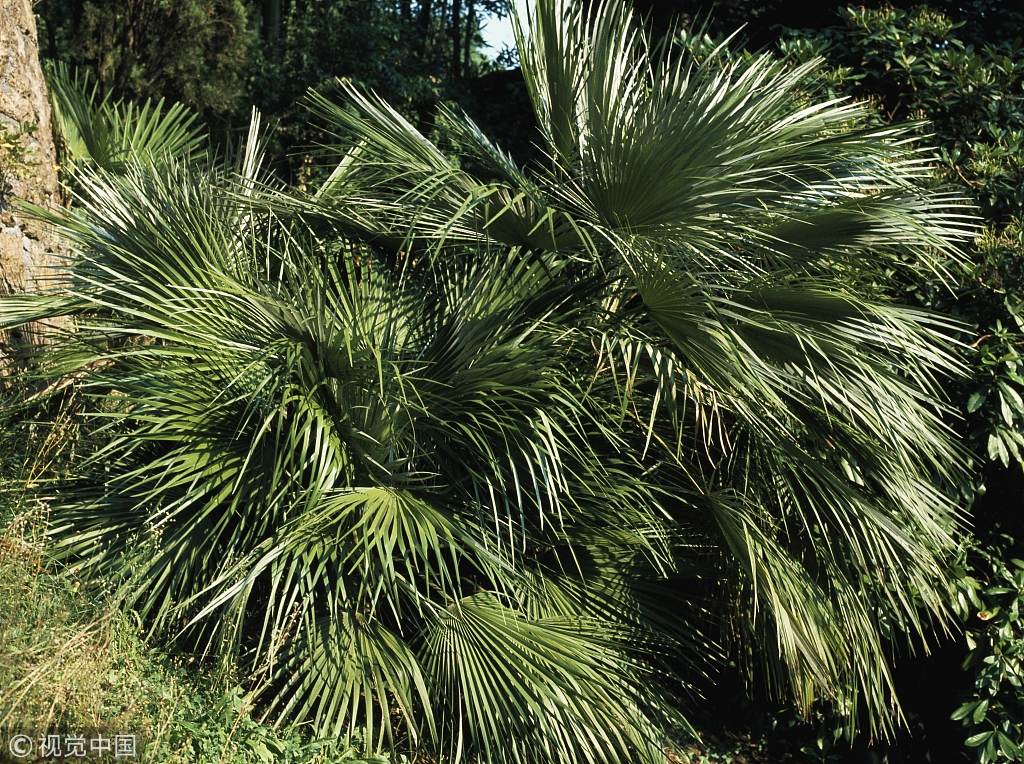
Fan palm. /VCG Photo
Fan palm. /VCG Photo
Fan palm (Chamaerops Humilis) is also called Dwarf fan palm and Mediterranean dwarf palm. It's a clustering palm that can grow to a height of up to 4 meters.
Fan palm is a slow-growing evergreen that is perfect for containers. The plant is characterized by its fan-shaped foliage.
Fire Lily

Flowering Fire Lily. /VCG Photo
Flowering Fire Lily. /VCG Photo
Fire lily, also known as tiger lily, grows in much of Europe. The flower is bright yellow-orange with reddish-brown dots and usually blossoms from May to July.
Caution: Lily is toxic to cats, so make sure that the plant is kept away when there is a cat in a household.
(Cover image via VCG)
(If you want to contribute and have specific expertise, please contact us at nature@cgtn.com.)

SITEMAP
Copyright © 2018 CGTN. Beijing ICP prepared NO.16065310-3
Copyright © 2018 CGTN. Beijing ICP prepared NO.16065310-3